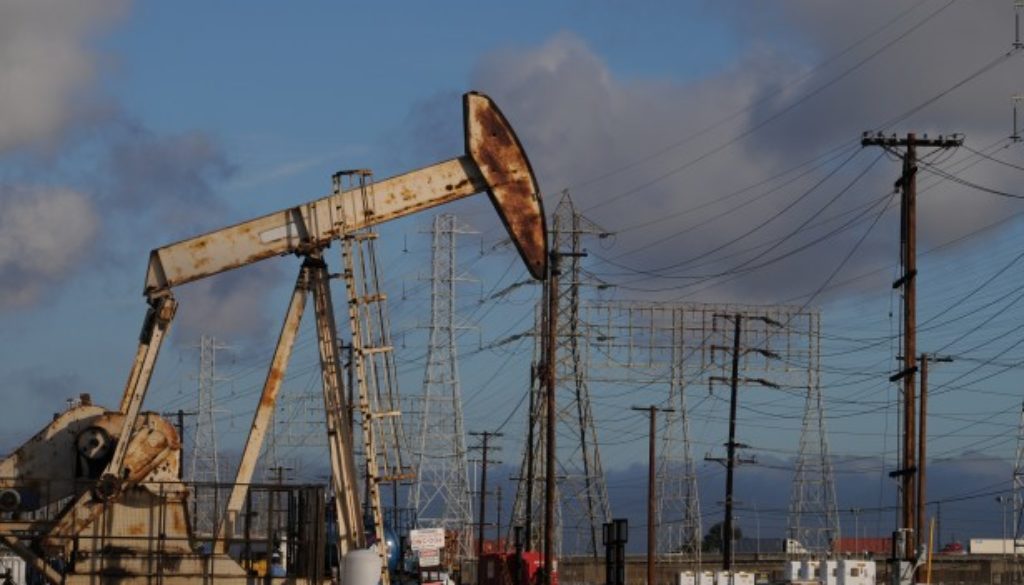EPA Sets Historic Standards for Methane from Oil and Gas, Must Finish the Job
By
Today, EPA took a historic first step in combatting the second largest industrial contributor to climate change in the U.S.—methane pollution from the oil and gas industry.
The agency adopted long-overdue standards requiring operators to control methane pollution from a range of new and modified sources in the industry. As I’ve explained before, controls for methane—a highly potent greenhouse gas with over 80 times the warming potential of carbon dioxide on a near-term basis—are both readily available and low cost, so it’s a no-brainer to start requiring their use at oil and gas sites across the nation. Moreover, industry isn’t getting the job done on its own, even as the pollution picture worsens.
The Obama administration set a commendable goal in January 2015 of reducing methane pollution from the oil and gas industry 40 to 45 percent from 2012 levels by 2025. Today’s news will help start us on our way—but in order to reach that target, it is critical that EPA also set standards for pollution from existing oil and gas operations all across the country that account for the vast majority of the problem. States like Colorado are showing that we can address this backlog of polluting sources with common sense standards. Now we need to build off of individual state efforts and today’s standards for new sources, and put together a comprehensive set of national standards that covers the industry as a whole.
In the meantime, what—specifically—do the methane standards released today require from new and modified sources, beyond what’s required by previous standards for other air pollutants?
- Detection and repair of leaks at well sites and compressor stations. Here EPA not only included these important measures, but also strengthened its proposed rule by eliminating a “step-back” provision that would allow sources to reduce their survey frequency based on past performance; increasing survey frequency for some sources; and taking out an exemption for low producing wells, which can be significant sources of emissions.
- Use of “green completions,” whereby companies capture the whoosh of gas that comes out at the beginning of a well’s life, at hydraulically fractured oil wells. (The rule also allows flaring in some circumstances, which we continue to oppose.)
- Limiting of emissions from pneumatic pumps.
- Limiting of emissions from equipment used in the transmission and storage segment, e.g., compressors and pneumatic controllers.
Altogether, EPA anticipates that the standards will control more than a half a million tons of methane per year by 2025, equivalent to 11 million tons of CO2 equivalent (using a 100-year GWP of 25). These methane benefits are the same as taking 8.5 million cars off the road in a year or eliminating the climate pollution from 11 coal fired power plants (using the most recent 20-year GWP of 87). In addition, these pollution reductions are a substantial improvement from EPA’s proposed rule, due in part to the changes in the LDAR rule advocated for by NRDC and our colleagues. EPA estimates the total benefits, including an accounting of climate benefits (but not health benefits from expected reductions in air toxics and ozone-forming pollutants, which are difficult to quantify), at $690 million, well in excess of the costs. Taking into account these additional health benefits and using the most recent near- and longer-term global warming potential values for methane, the total and net benefits will be much, much greater.
While significant, the standards for new sources will need improvements to get us where we need to be. For example, the standards do not cover several significant sources of methane pollution, like above ground distribution facilities and liquids unloading, discussed in our Waste Not report.
EPA today also finalized a rule on permitting of major sources of air pollution in the oil and gas sector and a federal implementation plan for so-called minor oil and gas sources in Indian Country. A fourth proposal put out by EPA last August—control guidelines for oil and gas contributors to smog in areas that fail to meet the national air quality standards for ozone, that would reach existing sources of ozone pollution—is expected soon.
EPA’s efforts to control methane pollution from new sources deserve thanks, not only because the standards are a significant step in themselves, but because setting new source standards legally obligates EPA to now take on the older equipment that is causing and will continue to cause the bulk of the methane problem. EPA committed in the final rule to begin the process to reach the rest of the sector, and announced today that it is undertaking an information collection request to aid it in complying with the remainder of its duty. The agency should move swiftly to collect whatever information it believes it needs and develop standards for existing operations. If the nation is to achieve our climate commitment to reduce methane pollution, we have no time to waste in taking on these older sources next.
You can thank President Obama and EPA, and urge them to address the rest of the methane problem, here.

